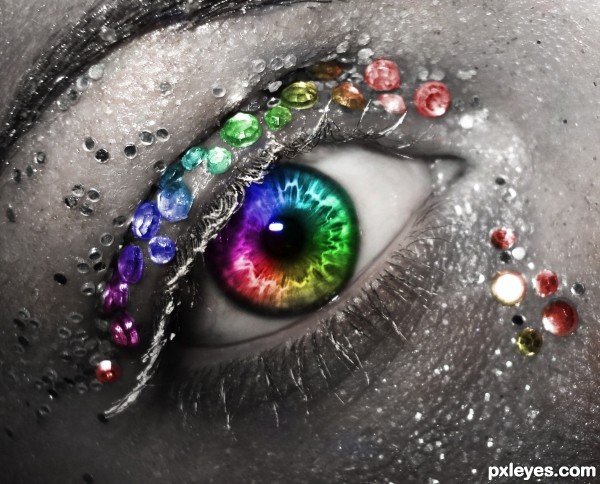introduction
Colors are effective on psychological needs, learning conditions, control of angry behaviors, emotions, depression and learning disorders, and energy levels. Colors are useful in controlling pulse, palpitations, blood pressure, appetite and even sleep, and in the treatment of diseases such as Migraine, cancer, addiction and skin diseases, and even brain tumors.
Colors, anywhere in the world, and in accordance with the culture and customs of each society, have different and even contradictory meanings. For example, white in a country like Iran is a revelation of happiness, a virtue, and is used for weddings, while in another country the clergy It is used in mourning ceremonies.
Maybe you have asked yourself why there is no ship or black plane, or why there are no boxes of green chocolate? Maybe you will find answers to this.
Unfortunately, due to the psychological attractiveness of colors, this branch of science has been exploited. There is a lot of stuff on each site, magazine, newspaper, or blog, but it's not clear whether they are right or wrong.
Professor Losher is a scientist who has been researching about this for about twenty years.
Now, it's not a bad idea for this researcher to look at the psychology of colors for some of the most popular colors.
In 1666, Isaac Newton, a well-known English scientist, discovered that if pure white light passes through a charter, it will decompose into visible colors. Newton also discovered that each color is composed of a unique wavelength and can not be decomposed into other colors.
Further experiments showed that the combination of light can create different colors. For example, red light, in combination with yellow light, creates an orange color. The combination of colors created by the combination of two other colors. Some colors, like yellow and purple, when combined, neutralize each other and make white light. These colors are also called complementary colors.
The effects of colors in terms of psychology
Although the color effect is somewhat subjective and different from one person, some of the effects of colors have a single meaning throughout the world. Colors in the color spectrum in the red zone are known as warm colors, which range from warm and sincere feelings to anger and anger.
The colors in the blue zone are called cold colors, including blue, purple and green. These colors usually relax, but sometimes they may bring a sense of sadness and indifference.
In some of the old cultures, including Egyptians and Chinese, colors were used for treatment. This work, sometimes referred to as light therapy or dyeing, is still used as an alternative treatment method.
In this way:
• Red is used to stimulate the body and mind and increase focus.
• Yellow is used to stimulate the nerves.
• Orange is used to raise energy levels.
• Blue is used to relieve pain and relieve the patient.
• Indigo color is used to relieve skin discomfort.
Most psychologists look at the color of the treatment, and they say that the potential effects of the colors are exaggerated and the colors in different cultures have different meanings. Studies have shown that in many cases, the effects of colors on the change in the state of individuals have been temporary and temporary. For example, putting people in the blue room may initially feel relaxed, but this effect will gradually decrease after they have restored their peace.
will continued ...

Thanks so much i am waiting for next sections of this article
Downvoting a post can decrease pending rewards and make it less visible. Common reasons:
Submit
I will try to prepare it this night bro..
Downvoting a post can decrease pending rewards and make it less visible. Common reasons:
Submit
thanks so much
Downvoting a post can decrease pending rewards and make it less visible. Common reasons:
Submit